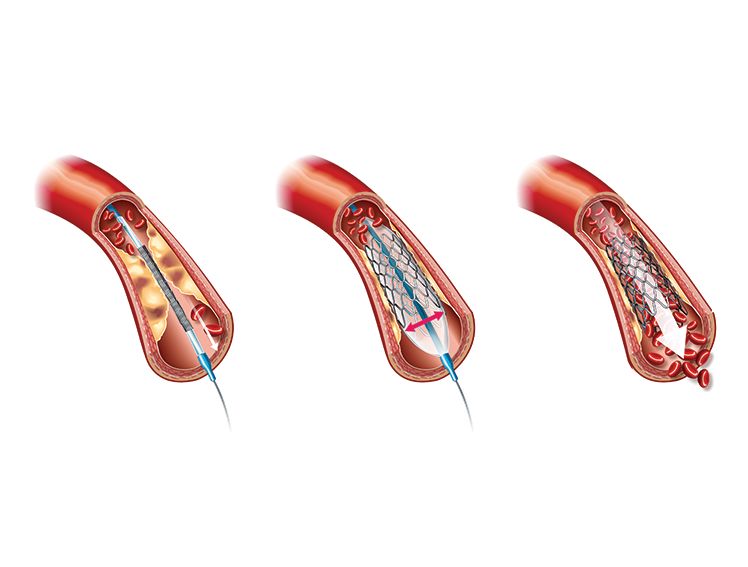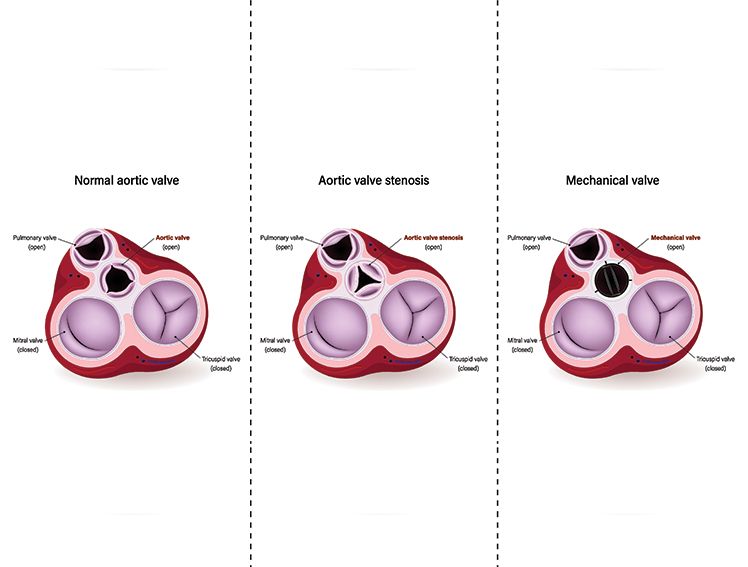
Why an angiography is done?
If you have been experiencing chest pain or fatigue, your cardiologist may ask you to go through an angiography to ascertain the extent of disease in the heart. Simply put, an angiography is an examination of the blood vessels in your heart to check for blockages or anatomical peculiarities. In most cases of heart ailment the primary cause of concern is the blockage of these arteries which in turn affect the flow of blood through the coronary arteries.
Angiography is used to map any blockages in the coronary arteries. The procedure is conducted under the effect of sedatives. A catheter is inserted into the blood vessel near the groin. Through the catheter the physician injects a special dye into your bloodstream that can be detected by X-rays. As the dye travels through your blood into the heart, the physician is able to locate any blockages for plaque build-up in your arteries.
Except for a slight soreness, you will hardly notice anything after an angiography. Having located the blockage your doctor will then chart out a treatment method to manage or remove the blockage. Depending on the severity of the blockage, angiography may have to be followed by an angioplasty.
Angioplasty
If the blockage detected by an angiography is significant and requires immediate attention your doctor may decide to follow it up with an angioplasty. Much like the Angiography procedure an angioplasty will also require inserting a catheter into the blood vessel in a bid to reach the arterial blockage in the heart.
In case of angioplasty the doctor may use a special inflatable balloon mounted on a catheter. When the catheter reaches the blockage or plaque build-up the will inflate the balloon to move the blockage radially outwards, and clear the passage to ensure blood flow. This is known as balloon angioplasty or percutaneous angioplasty.
Angioplasty is performed to prevent cardiac arrest or to minimize the risk of a major invasive surgery in the future. In many cases, a balloon angioplasty is followed by the placement of a stent—a metallic mesh-like structure that holds the walls of the artery open. Stents, such as Meril Life Sciences’ Evermine50 or Biomime, are placed as a support mechanism to keep the artery open and ensure proper blood flow.
Conclusion
Coronary angiography and angioplasty are extremely important to detect and restore the health of your heart.
The difference between angiography and angioplasty is that the former detects blockages in the heart while the latter removes the detected blockages. One essentially follows the other as needed. Both are safe procedures and do not require any major incision. There is very little to no pain in both angiography and angioplasty. Post-operative care, too, is fairly simple.
SHARE NOW



